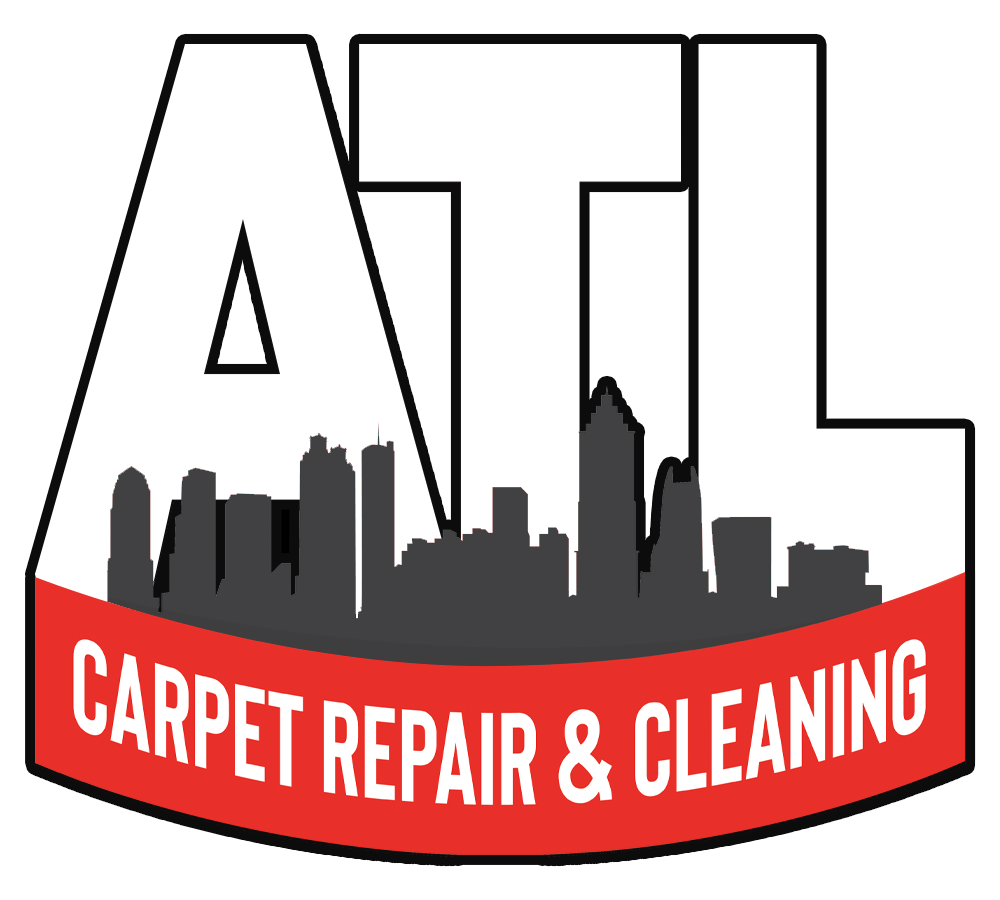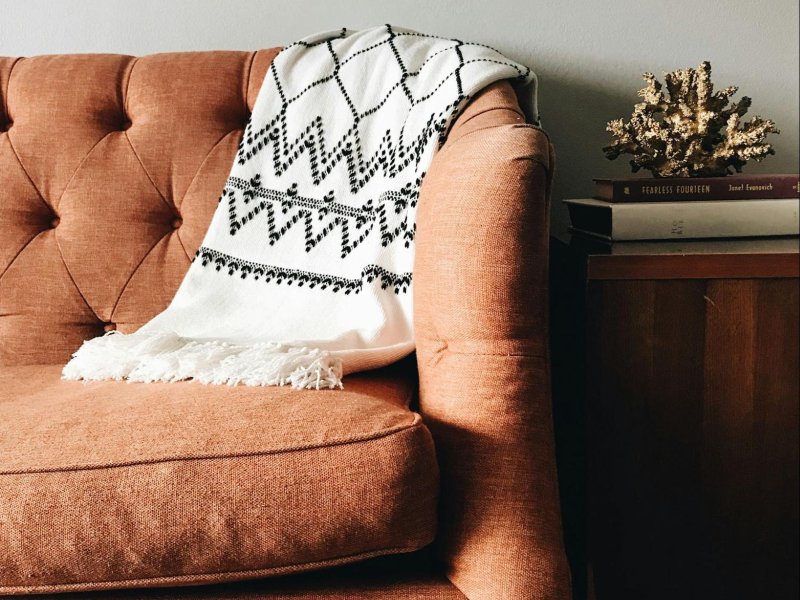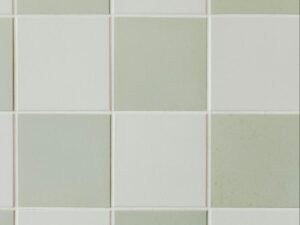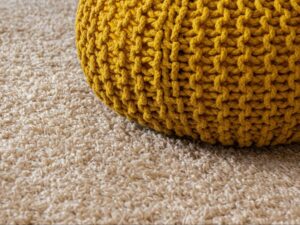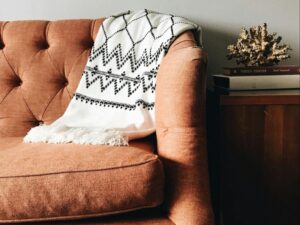Upholstered furniture is a key part of home décor, providing both comfort and aesthetic appeal. However, spills and stains are inevitable in daily life, especially in households with kids, pets, or frequent guests. When a spill happens, acting quickly is crucial to prevent the stain from setting in, which can lead to permanent damage to the fabric or even the filling underneath. Emergency upholstery cleaning involves quick thinking, basic tools, and a few tried-and-true methods. By following a few simple steps, you can minimize the damage and restore your furniture to its former glory.
Assess the Spill and Type of Fabric
Before diving into cleaning, the first step is assessing the situation. The type of stain (whether it’s wine, coffee, grease, ink, or juice) and the upholstery fabric (cotton, linen, velvet, microfiber, leather, etc.) play significant roles in deciding how to proceed. Some fabrics are more delicate than others and may require special treatment or specific cleaning agents. For example, natural fabrics like cotton or linen can absorb liquids faster and may stain more easily, while synthetic materials like polyester or microfiber may be more resistant to moisture but could trap grease or oil stains.
Apartment Therapy explains how it is important to always check the manufacturer’s cleaning code on your furniture label on how to clean your fabric:
- W: Safe to clean with water-based solutions.
- S: Use only solvent-based cleaners (no water).
- SW: Safe to use both water and solvent-based cleaners.
- X: Professional cleaning required (vacuum only).
By understanding your fabric type, you can choose the right cleaning approach and avoid accidentally damaging your upholstery.
Basic Emergency Cleaning Kit
Having a basic emergency upholstery cleaning kit on hand can make all the difference when a spill occurs. Here’s a list of essential items that can help you respond quickly:
- Clean, absorbent white cloths or paper towels
- A gentle dishwashing soap or fabric cleaner
- White vinegar
- Baking soda
- Club soda
- Isopropyl alcohol (for ink or permanent marker stains)
- A soft brush (for scrubbing)
- A spray bottle (for applying cleaning solutions)
- Small vacuum cleaner or handheld steamer (optional)
By keeping these items readily available, you’ll be better prepared to handle any upholstery emergency.
Steps for Handling Different Types of Spills
1. Blot, Don’t Rub
As soon as a spill happens, the most important thing to remember is to blot the liquid immediately. Using a clean, white cloth or paper towel, gently blot the affected area. This helps to absorb as much of the liquid as possible without spreading the stain further. Rubbing can force the liquid deeper into the fabric or cause the stain to smear, making it more difficult to remove.
2. Water-Based Stains (Juices, Wine, Coffee, Soda)
Water-based stains are among the most common types of upholstery accidents. For water-safe fabrics (labeled “W” or “SW”), follow these steps:
- Blot the spill: Use a white cloth or paper towel to absorb as much liquid as possible.
- Apply a cleaning solution: Mix a small amount of mild dish soap with warm water. Dip a cloth in the soapy water and gently dab the stain, working from the outside toward the center.
- Blot again: Use a clean, dry cloth to blot up the moisture.
- Rinse: If needed, lightly dampen another cloth with plain water and blot the area to remove any soap residue.
- Dry: Allow the area to air dry completely, preferably with a fan to speed up the process.
For red wine or coffee stains, adding a splash of white vinegar to the soap-and-water mixture can help break down the pigment.
3. Oil and Grease Stains (Butter, Salad Dressing, Makeup)
Oil-based stains can be more challenging, as they don’t mix with water. For fabrics labeled “S” or “SW,” here’s how to handle greasy spills:
- Blot the spill: Use a paper towel or cloth to absorb as much grease as possible without spreading it.
- Use baking soda: Sprinkle baking soda liberally over the stain and allow it to sit for 10-15 minutes. Baking soda will absorb much of the oil.
- Vacuum: Once the baking soda has had time to work, vacuum it up.
- Apply rubbing alcohol: For stubborn stains, lightly dab the area with rubbing alcohol on a cloth (for “S” fabrics only). Test in an inconspicuous spot first to make sure it doesn’t damage the fabric.
- Blot dry: Use a clean cloth to blot away any excess liquid.
4. Ink and Dye Stains (Pens, Markers, Hair Dye)
Ink and dye stains can be tricky, but they’re not impossible to remove with the right method. For most upholstery fabrics, follow these steps:
- Blot the stain: As always, blot instead of rubbing.
- Use rubbing alcohol: Dab a cloth in rubbing alcohol and gently blot the ink or dye stain. Work slowly and carefully to avoid spreading the ink.
- Rinse and dry: After the stain has lifted, blot the area with a clean, damp cloth to remove the alcohol, and then allow the fabric to air dry.
Avoiding Common Mistakes
While it’s important to act quickly, avoid these common mistakes that could worsen the situation:
- Using too much water: Oversaturating the fabric can push the stain deeper or cause mold to grow inside the upholstery if it doesn’t dry properly.
- Using the wrong cleaning product: Harsh chemicals like bleach can discolor fabric or damage the material. Always test a small, hidden area before applying any cleaner.
- Delaying the cleanup: The longer a stain sits, the harder it becomes to remove, so don’t wait too long before taking action.
Professional Help for Stubborn Stains
While emergency cleaning can resolve most issues, some stains may require professional treatment. For fabrics labeled “X” or for deep-set stains, professional upholstery cleaners have specialized tools and solvents that can restore your furniture without risking damage.
Conclusion
Spills and stains on upholstery are bound to happen, but with quick action and the right techniques, you can minimize the damage and keep your furniture looking its best. Blotting the spill, using the appropriate cleaner for the fabric, and avoiding common mistakes are key to effective emergency upholstery cleaning. And when in doubt, don’t hesitate to call in professional help. By maintaining a few essential cleaning supplies and knowing how to handle different types of stains, you’ll be prepared to protect your investment and enjoy your furniture for years to come.
